You’ve never seen a farm like this.
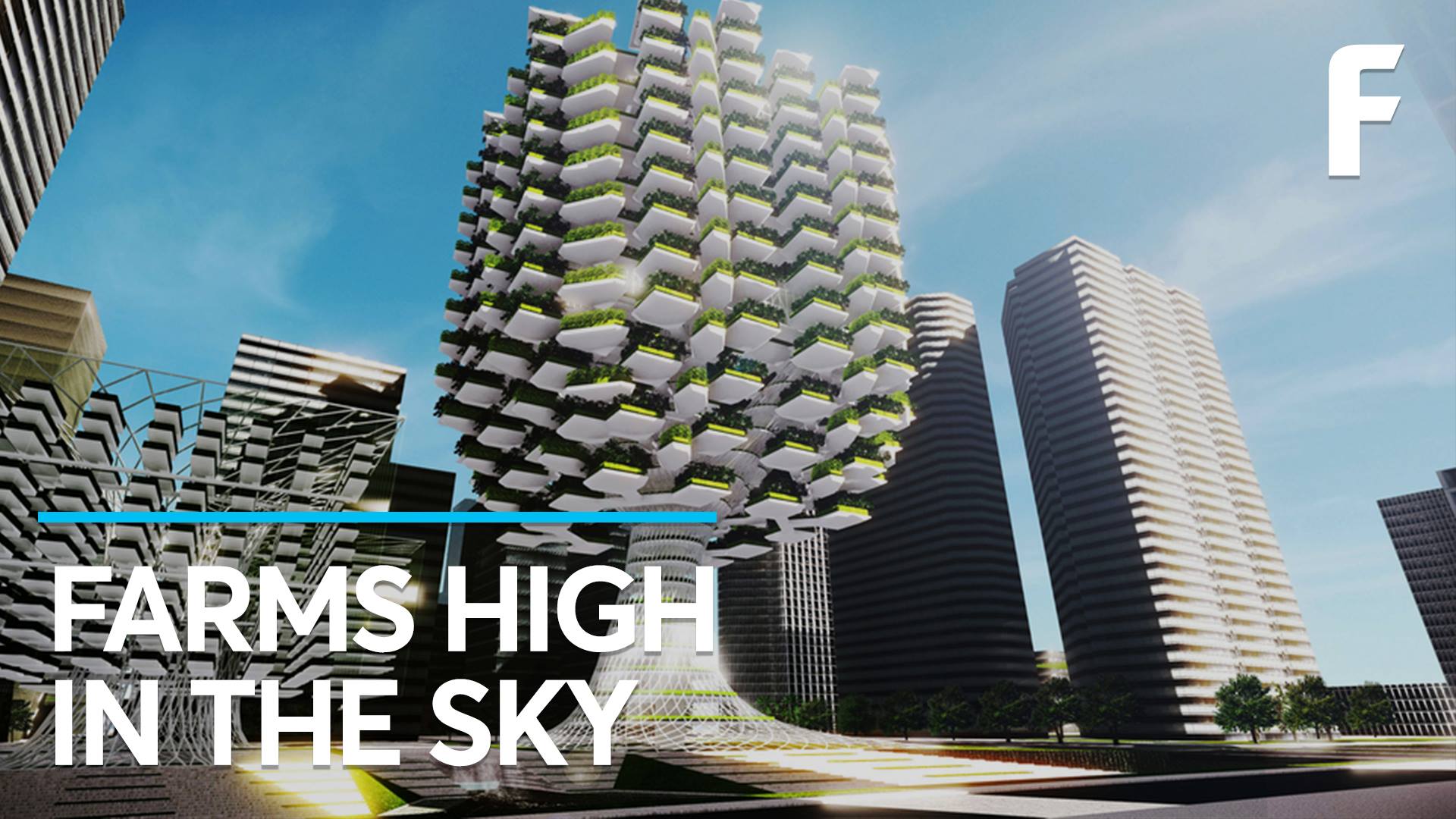

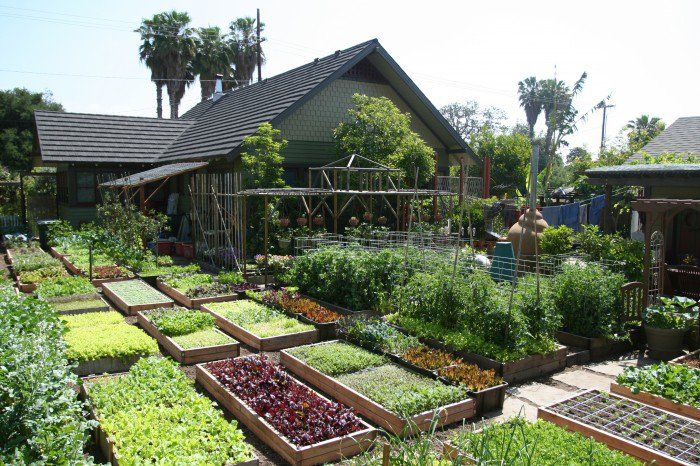
There 7.68 billion acres of arable land. if everyone did this and lived one one tenth of an acre then that’s room for 76 billion people just on the arable land where there is actually 36 billion acres of land on the planet.
If farming were turned into vertical farming building with ten floors a piece at 1/10th and acre per level that’s 760 billion. At 100 floors that’d be 7.6 trillion. I would need to review an Isaac Arthur video about the maximum occupancy of the planet, there may be heat problems with trillions of people on the planet.
A tenth of an acre would be a square around 65 x 65 feet, or so.
Over 6,000 pounds of food per year, on 1/10 acre located just 15 minutes from downtown Los Angeles. The Dervaes family grows over 400 species of plants, 4,300 pounds of vegetable food, 900 chicken and 1,000 duck eggs, 25 lbs of honey, plus seasonal fruits throughout the year.
From 1/10th of an acre, four people manage to get over 90% of their daily food and the family reports earnings of $20,000 per year (AFTER they eat from what is produced). This is done without the use of the expensive & destructive synthetic chemicals associated with industrial mono-cropping, while simultaneously improving the fertility and overall condition of the land being used to grow this food on. Scaled up to an acre, that would equal $200,000 per year!
To follow the Dervaes and their Urban Homesteading activites, you can find them at.
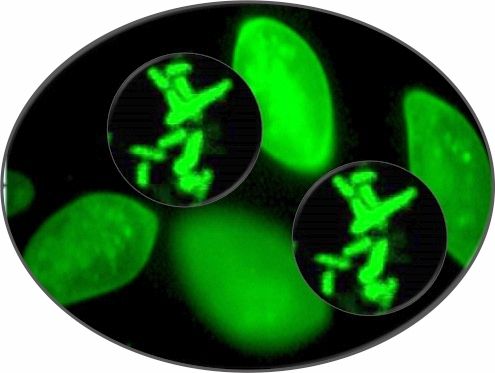
The speed with which microbes in a simplified ecosystem absorb the nanomaterials is raising concerns about the effect on organisms higher in the food chain.

The fast food franchise is leveraging a special device to help customers choose their meal by age, mood, and gender.
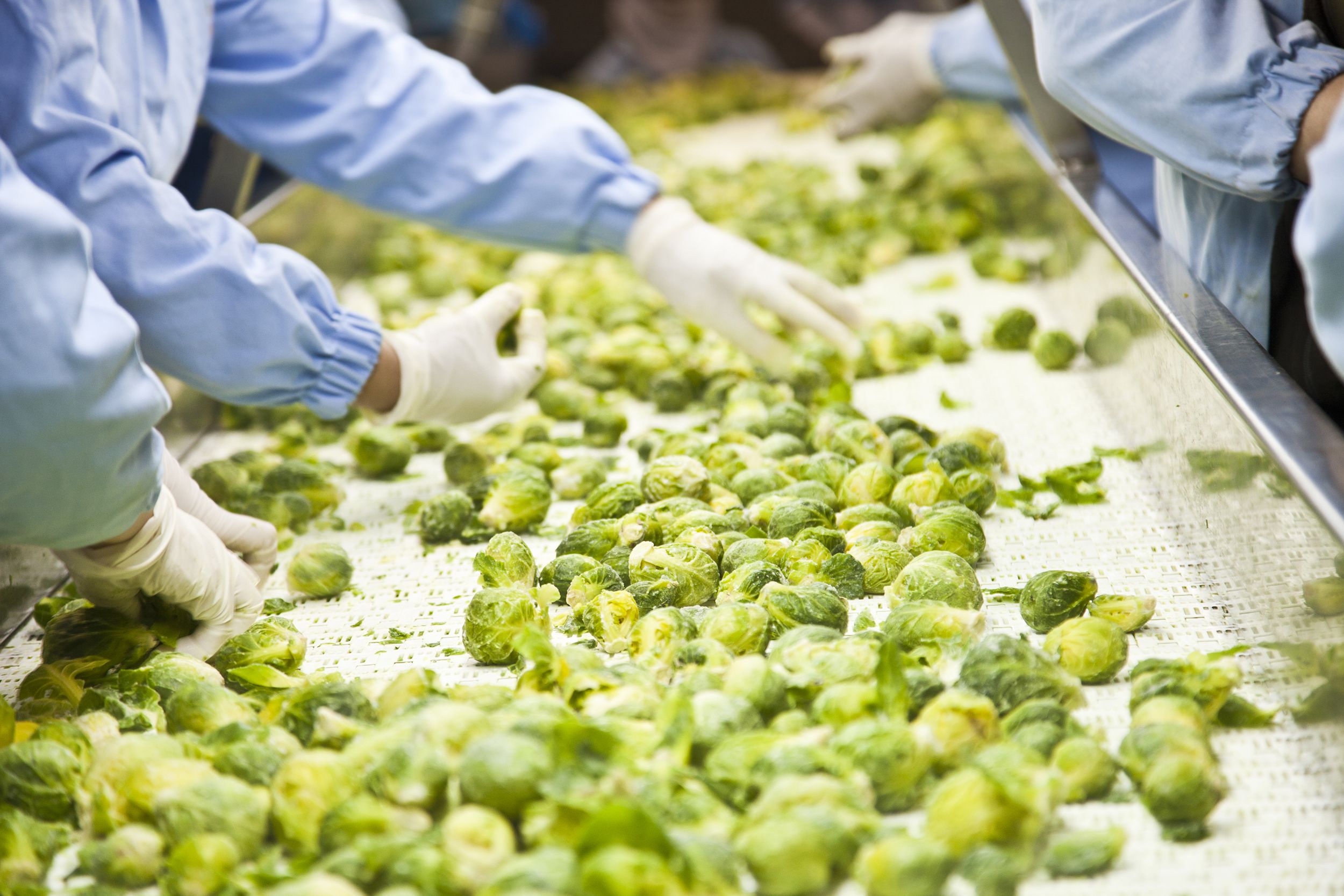
Austria’s Ams has released a pair of tiny spectral sensors for on-the-go analysis of foods or pharmaceuticals.
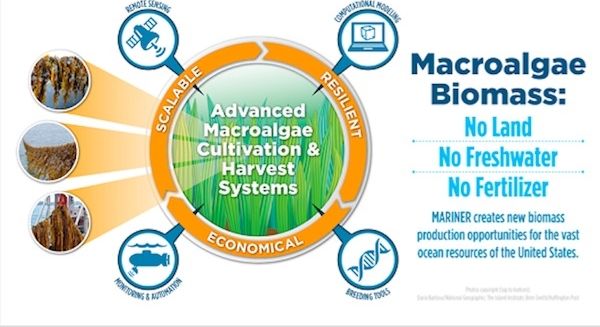
Attention all seaweed farmers! US DoE and DARPA wants you.
Did you know that the amount of commercially produced seaweed almost hit the mark of 25 million metric tons last year? China and Indonesia dominate the global seaweed-to-food market, and now the Department of Energy has been casting a hungry eye on the potential for the US to get in on the action, with a particular focus on converting seaweed to biofuel and other high value products.
Of course, there is a problem. Growing seaweed — aka macroalgae — for food is one thing. The algae-to-energy cycle is quite another thing entirely. That’s why the Energy Department has called upon its cutting edge funding division, ARPA-E, to put out a call for the super macroalgae farmer of the future.
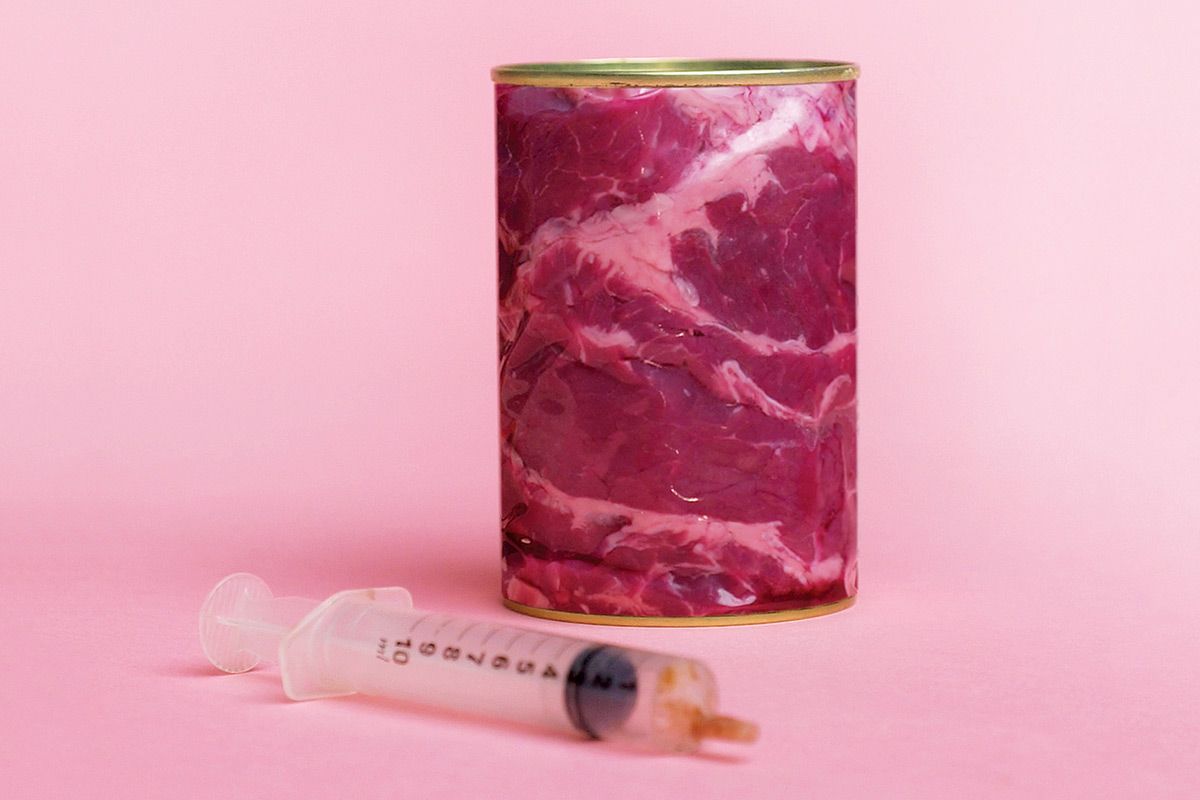
Engineered meat is taking on a new flavour as an entrepreneur aims to help people make animal-free meat at home, like brewing beer, by sharing cell cultures.
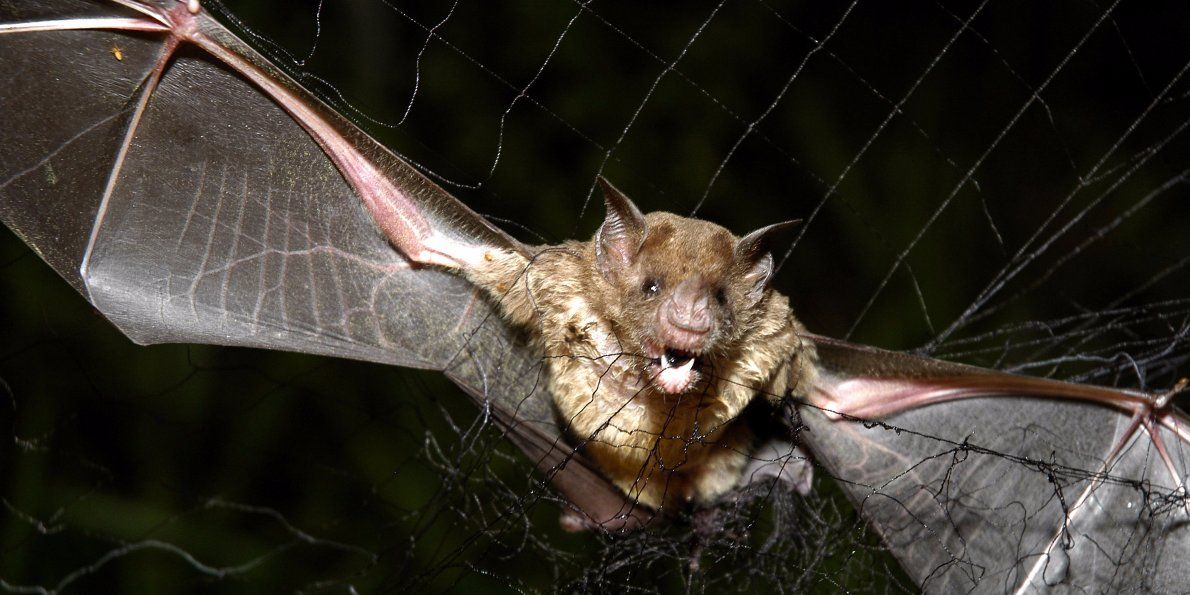
For the vampire lovers out there. Very scary situation.
The bats should only consume bird blood, but as humans have started to move into the forests of northeastern Brazil, they’ve turned to new sources of food.
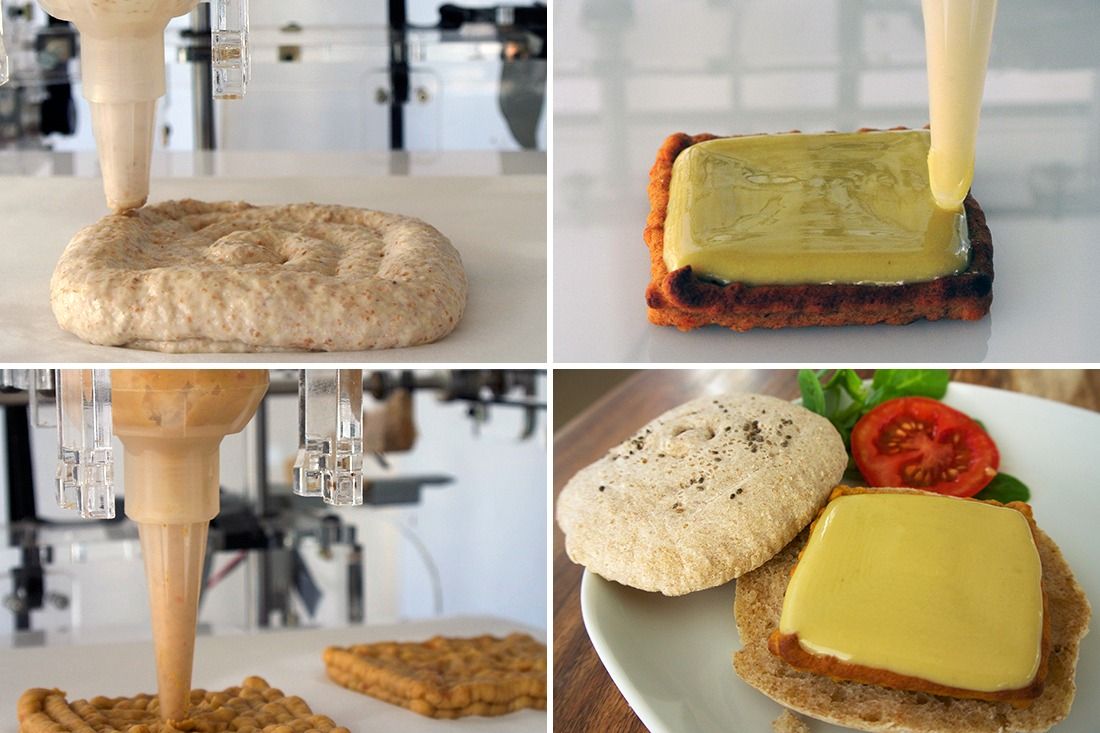
Food trends change all the time, and not just dependent on where you live, but also when. For example, 100 years ago they were not eating most of the stuff we have today. Pop Tarts, Cheetos, and Gatorade would certainly not have existed, and if you were to go back in time now and try and introduce these things, they would probably get thrown at you. But, the point is that sometimes you just can’t help what food is introduced around you and accepted as the norm, and over the next 30 years, we will see odder but edible manifestations are coming our way. Below are eight future foods that are not a million miles away from being introduced into society and are being worked on now:
Pretty wild; blood infections in cattle may have a possible link to breast cancer in humans.
Meredith Frie, Michigan State University
Humans began domesticating animals for food over 10,000 years ago, cultivating a close relationship with animals over the following millennia. Like humans, animals can get sick, and sometimes infections pass between humans and animals. Some of these infections, like ringworm, are mostly harmless, while others, like bovine tuberculosis, are extremely serious.
But how do we find out if these infections pose a risk to humans? I study dairy cows infected with bovine leukemia virus (BLV), which is found in most of the dairy herds in the U.S. Scientists are trying to figure out if BLV infects humans and, if it does, whether there is a link between BLV and breast cancer.